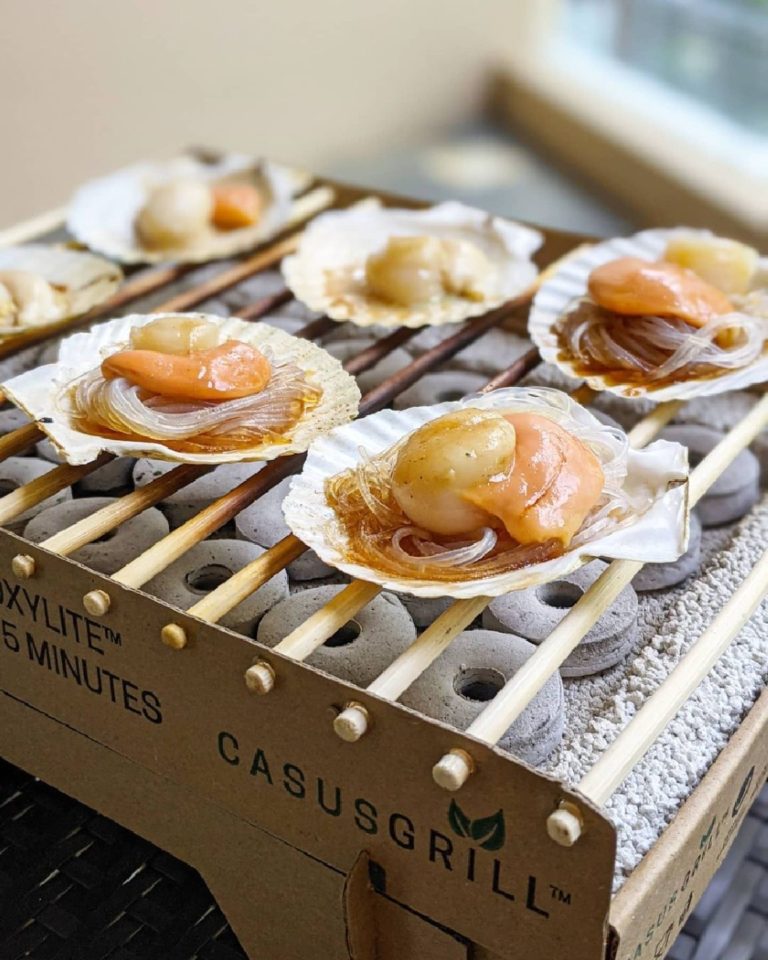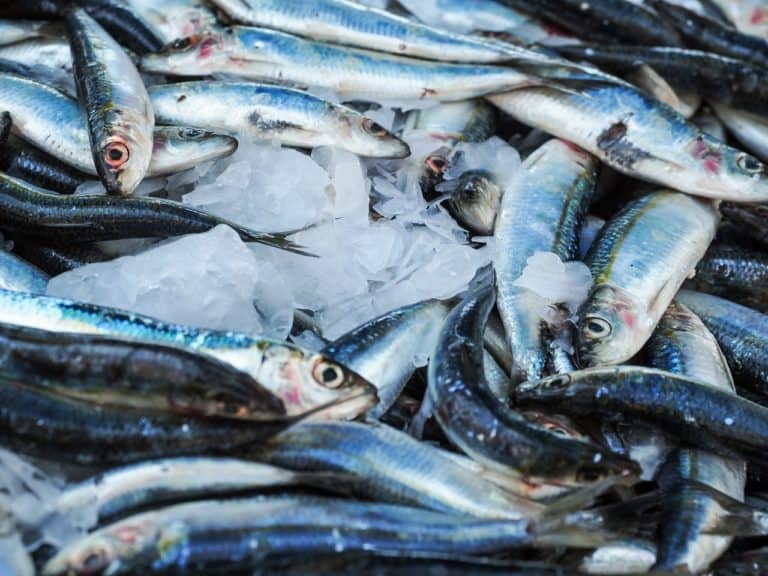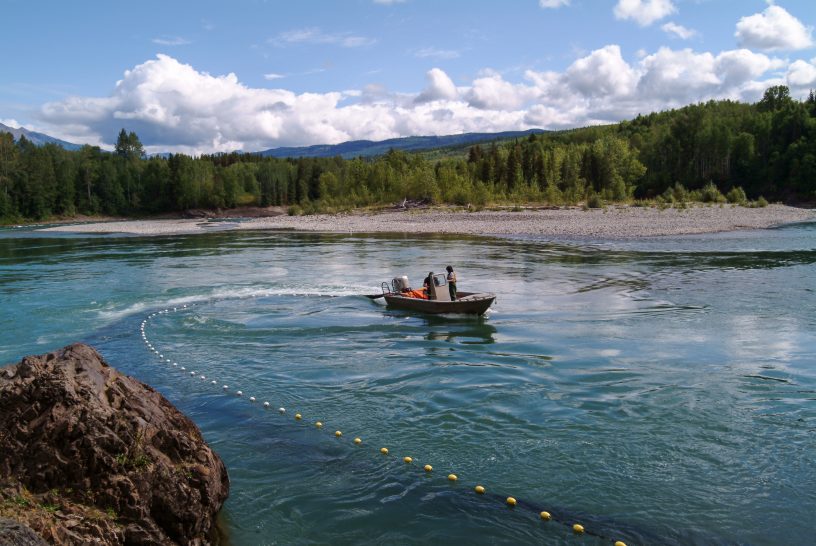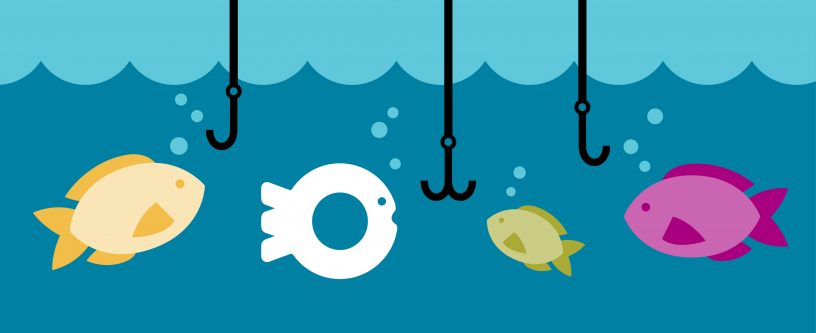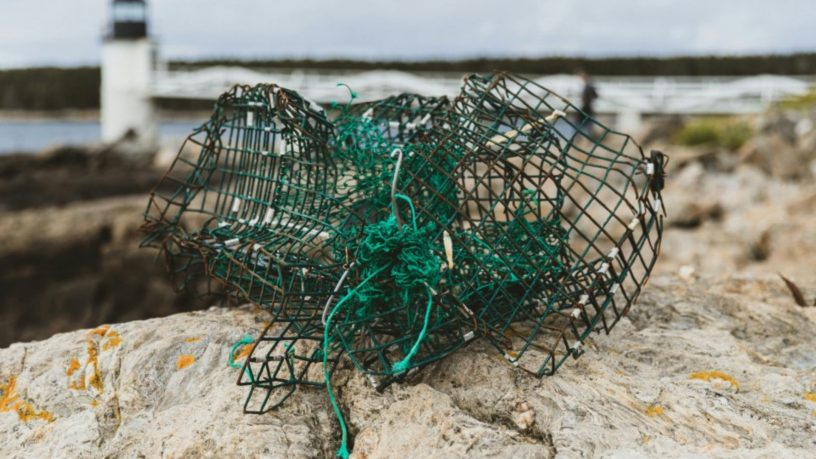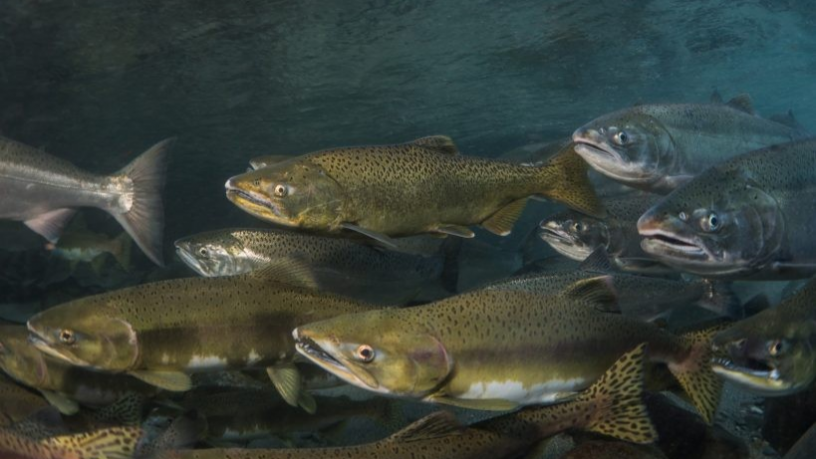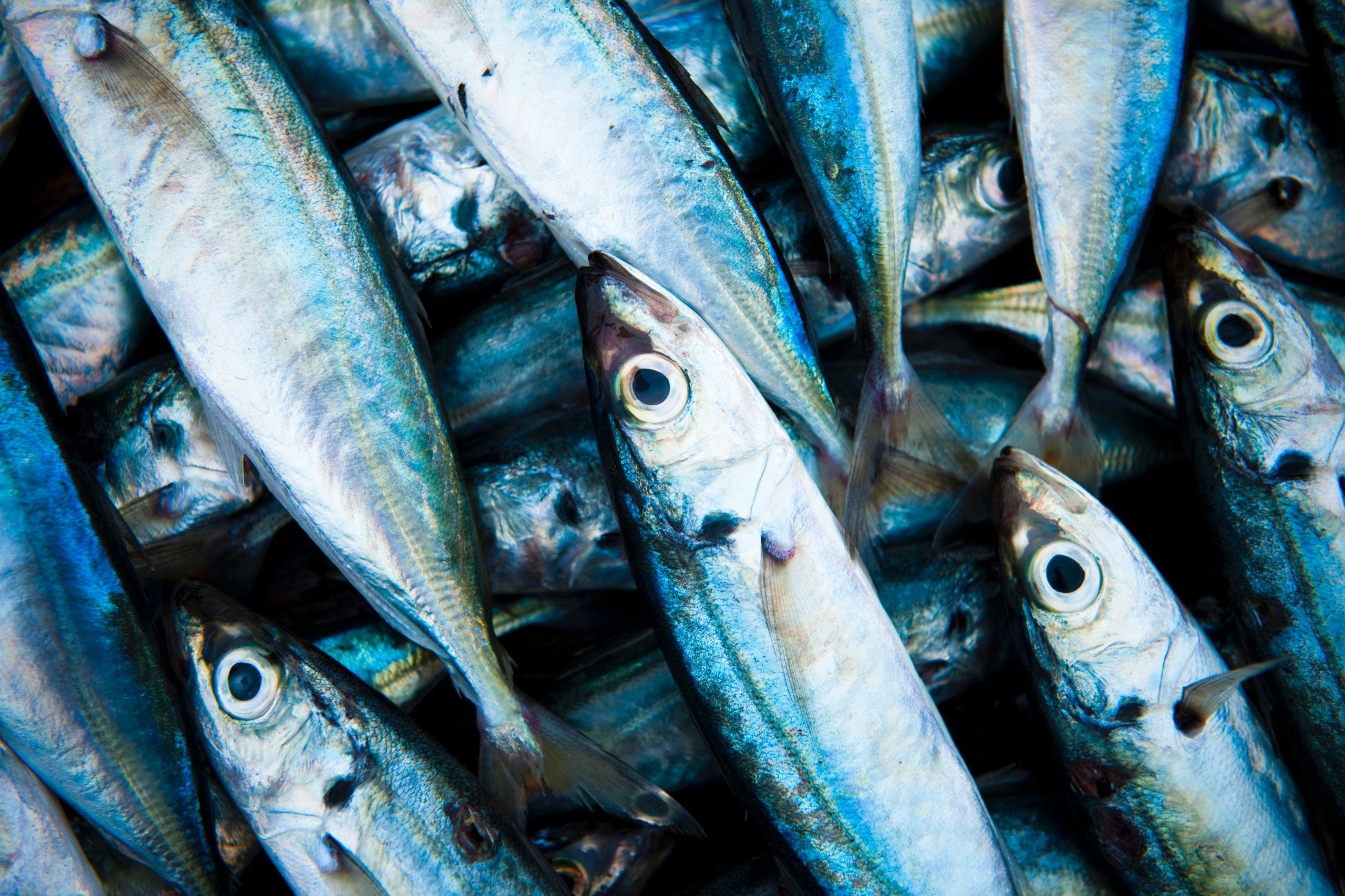
Aquaculture 101 Part 3: Feeding Farmed Finfish Sustainably
Kiera Givens, Ocean Wise Seafood volunteer
More than half of the seafood consumed globally is farmed. To increase our understanding of aquaculture, Ocean Wise started its Aquaculture 101 series. First, we reviewed popular sources of farmed seafood. Then, we considered farmed salmon in British Columbia. In the third installment of this series, we look at fish feed, one of the most controversial aspects of “finfish” farming.
Just like any other farmed animal, finfish need to eat. Fish farmers today typically feed finfish with complex, formulated feeds. These feeds, which are tailored to specific species and growing methods, are carefully balanced for nutritional indicators like protein and fat levels; they help farmers produce fish efficiently. Unfortunately, there are challenges with the sustainability of fish feeds, especially those designed for large, carnivorous, and commonly enjoyed fish, like salmon and hybrid striped bass. In this post, we’re diving into some of the dilemmas associated with fish feed, while highlighting some promising solutions.
What’s in fish feed?
Feeds for carnivorous finfish are usually composed of fish products, like fish meal and fish oil, because farmed fish need to eat diets with similar nutritional profiles to those they would have in the wild. However, because fish ingredients are limited and expensive, feeds often include other ingredients produced from animals, marine plants, and terrestrial plants.

The forage fish problem
Fish meal and fish oil are usually derived from small, pelagic forage fish like menhaden, herring and smelt. As demand for aquaculture has grown globally, there has been increased fishing pressure on forage fish stocks around the world, and some forage fish stocks are threatened by over-fishing. Without sufficient forage fish to eat, larger wild fish, seabirds, and marine mammals can go hungry. This not only disrupts ecosystems, it threatens the longevity of forage fish fisheries and fisheries for high-value top predator species, like tuna. Consequently, fishermen, environmentalists and others have serious concerns about the ecological, economic and social impacts of producing fish feeds predominantly made up of forage fish.
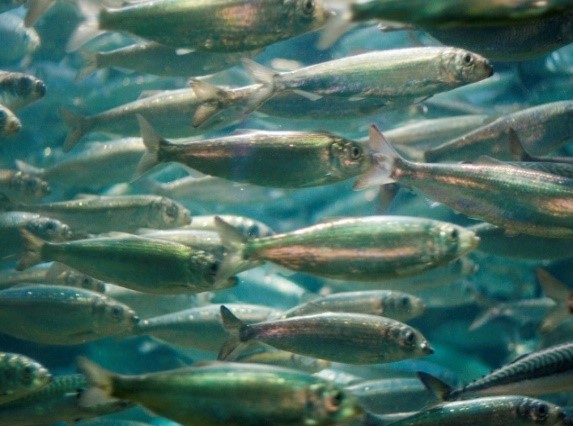
Can vegetarianism be a solution?
As fish feeds became more advanced, scientists realized they could swap out some of the fish ingredients for more sustainable marine- or land-based plant ingredients. While promising, there are health challenges with feeding carnivorous fish vegetarian diets. Some of the challenges relate to making sure that the fish get enough essential nutrients, while others are even more specific.
Soybean meal has long been an attractive alternative feed ingredient because it is rich in protein and contains essential fatty acids, unsaturated fats, and an amino acid profile that closely meets the dietary requirements of fish. Unfortunately, ingesting soybeans can cause intestinal damage in some finfish species. These digestion challenges have raised questions about the viability of soybean-based feeds, and, ultimately, they have slowed the use of soybean meal in fish feeds.
Is there any fish feed that is Ocean Wise?
At this point, you may be thinking “Can fish feed ever be sustainable?” Fortunately, the answer is yes. On the forage fish side of the equation, not all producers of fish oil and fish meal are the same. Some producers harvest forage fish sustainably and are Ocean Wise recommended and MSC certified.
On the soybean side, recent breakthroughs have helped scientists detect the specific compounds that make soybeans harmful to fish. This research has enabled feed producers to remove these compounds from soybean-based feeds, and therefore increase the amount of soybean meal used in fish feeds. For example, researchers at the South Carolina Department of Natural Resources in the U.S. recently released a study that found that red drum could be grown successfully using diets that include up to 60 percent soybean meal. Due to this type of research, today there are numerous commercially available soybean-based feeds.
Even better, Ocean Wise compiles all the information you need about feed sustainability into the aquaculture standard it follows through the Seafood Watch Program. It considers the percentage of wild fish used and the feed’s environmental footprint, among other factors. You can trust that if a farm-raised seafood option is Ocean Wise, it was grown using sustainable feed.
Posted July 3, 2019 by Ocean Wise
